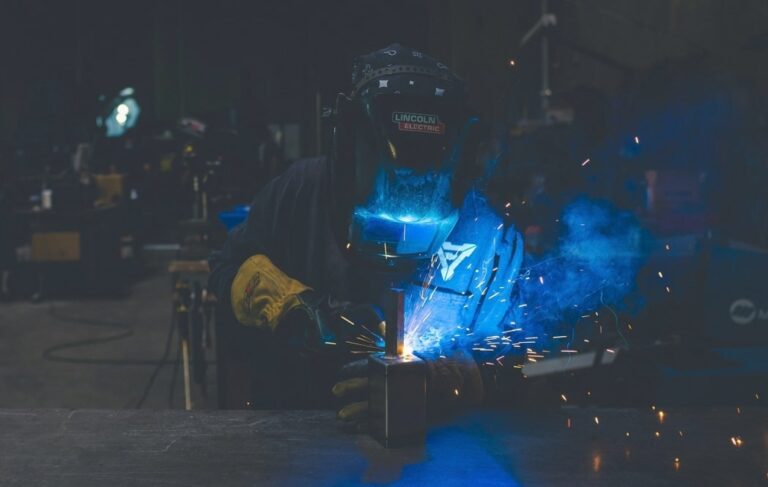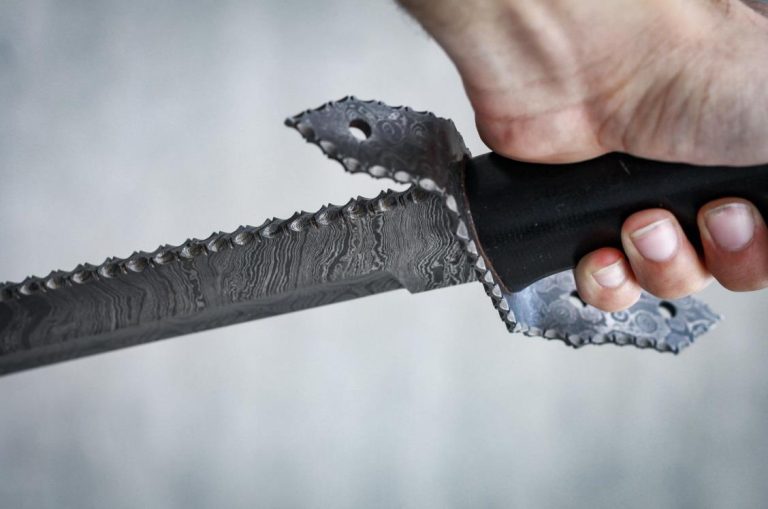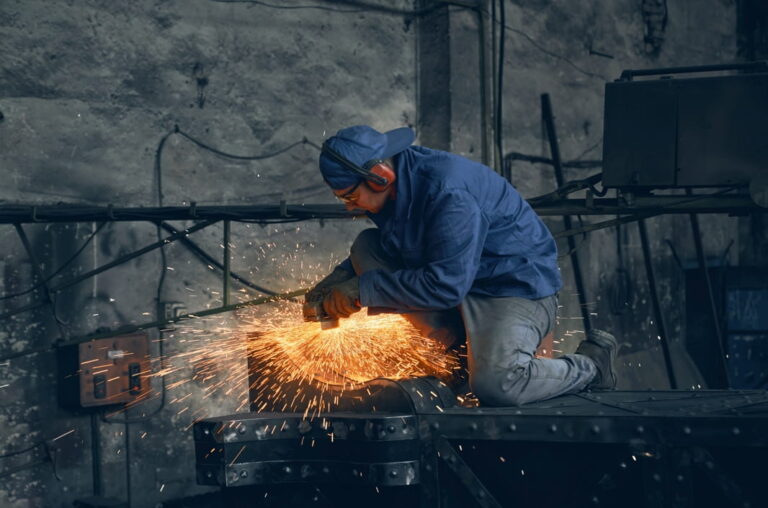In this article we move out of the comfortable confines of safe suburbia and we go boldly into the untrammelled wilds, the big outdoors and the open skyed country!
Don’t worry, we’re not leaving home without a trusty 1095 steel knife and this article’s going to take you on a journey with a proven industry stalwart that’s had great success in the carbon steel knife market.
We’re going to slash our way through the technical spec woods, we’re going to sharpen our understanding of 1095 steel and what it can do for you, and we’re going to whittle our way to knife sales success with a metallurgical wonder that’s just waiting for you to pack the camping gear!
Let’s slice right in knife lovers.
1095 steel explained
1095 is a relatively inexpensive high carbon steel that’s got an established and positive rep in the knife steels industry.
The 1095 steel alloy is somewhat unique in that it combines qualities like high hardness with shock resistance, both valuable qualities in a knife or tool blade. Regarded as an ‘old school’ steel, 1095 has stood the test of time and enjoys popularity today amongst knife makers, outdoors enthusiasts, survivalists, tools and weapons aficionados and specialist or novelty weapon makers and collectors.
There’s certainly a large market of buyers out there for 1095 steel products and it grows daily.
The quality composition of 1095 that makes it an industry favorite
Now, the base metal of steel is iron but what makes a steel special is the alloying process and the added alloying elements themselves, as well as the heat treatment the steel has been forged under.
To ‘alloy’ simply means to melt 1 or more metals together to create a blend. Let’s see what elements mix with the base iron to make 1095 high carbon steel exemplary in its field.
Carbon
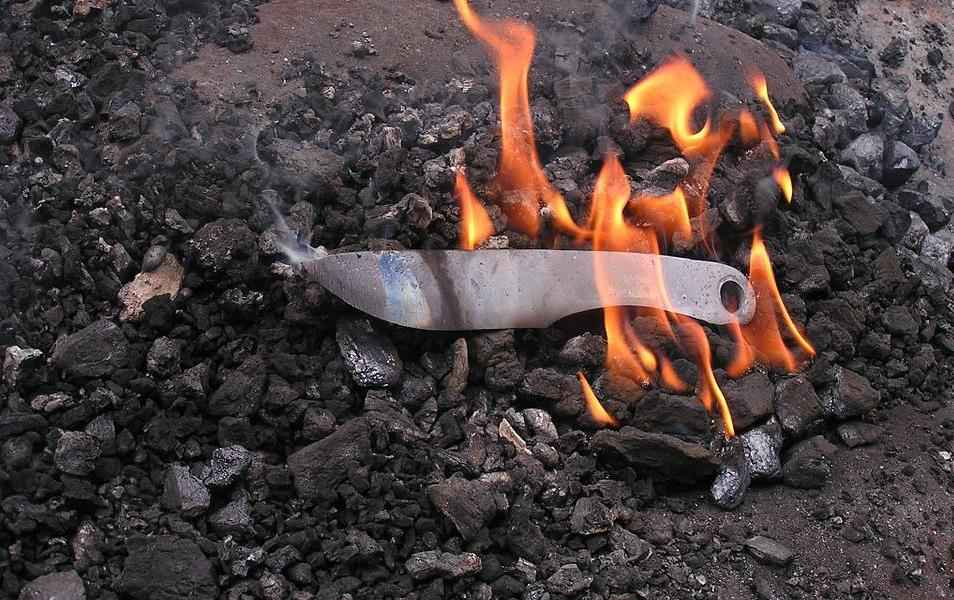
1095 steel is a high carbon steel because it contains 0.90 – 1.03% carbon.
The carbon content of 1095 not only makes the steel harder and stronger, but it also allows for the steel’s melting point to be lowered. This is important because carbon steel at high temperatures can become difficult to work with and weld. The user – friendly nature of this steel blend makes producing it easier, which means it gets to the end consumer more cheaply.
Manganese
The 0.50% manganese content of 1095 steel makes the steel harder and toughens it up to wear and impacts. This is a good quality to have in an outdoor knife that can expect rough usage.
Sulfur
0.05% of 1095 steel is sulfur and this is in the steel in very small amounts to make it machine workable in the production phase.
Phosphorus
1095 carbon steel has 0.03% phosphorus in it to make it stronger while at the same time avoiding brittleness.
Because of the above blend of elements, 1095 steel takes well to heat treatment and fabrication, and not all steels do. This ease of use lowers its cost, a saving retailers can pass onto their customers or use to maximise profits.
Another benefit of the 1095 steel alloy is that it can be made from over 90% recycled materials, making it eco – friendly which is important and attractive to today’s knife buyer.
The properties of 1095 carbon steel
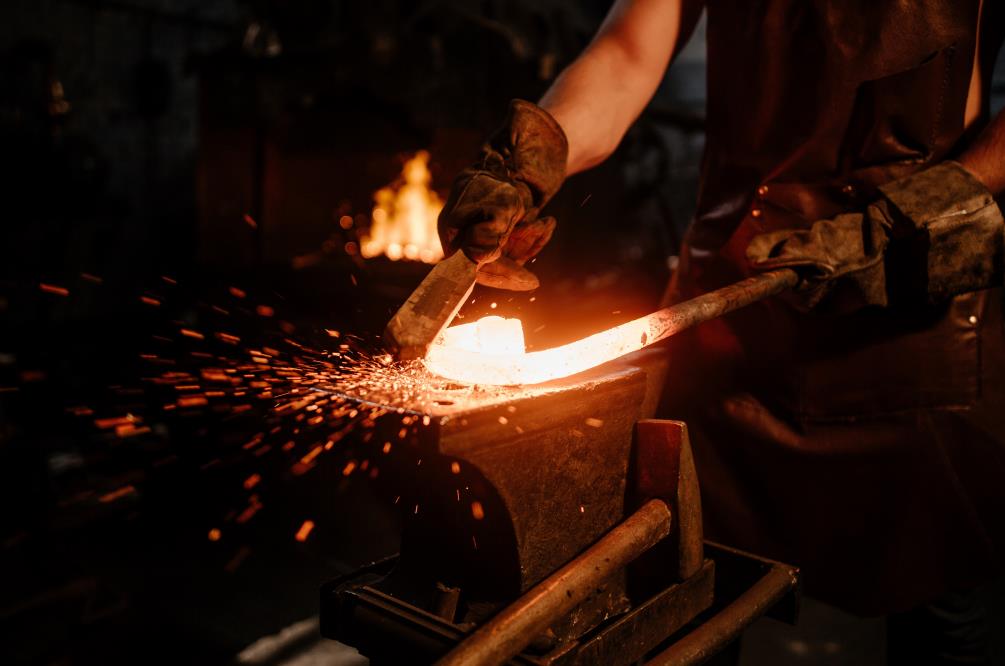
Now let’s examine the unique characteristics of 1095 steel and how these relate to the knife user.
1095 steel: hardness
To get technical, 1095 steel has a rating of 55 – 58 on the Rockwell hardness scale. In layman’s terms this makes it a hard steel but it’s not as hard as some of the modern super steels.
Note: 1095 steel knives CAN hit a high of a Rockwell score in the mid 60s, but that depends on the heat treatment used!
Some users regard 1095 as being harder (in their experience) than any stainless steel available and certainly hard enough to get good and durable service out of over time. For the knife buyer, this stands out and is worth mentioning as a bonus point of 1095’s cost to value ratio.
1095 steel: toughness
This steel is reasonably tough. Many people use 1095 steel knives for outdoor tasks and experience no issues. It’s important to note that the type of heat treatment the steel has undergone will affect its resilience to breakage, so adequate homework must be done prior to purchase.
1095 steel: edge retention
Edge retention (holding a wicked sharp edge) for 1095 steel knives is fair but needs regular sharpening by the user so their ability and willingness to sharpen regularly must be considered. On the plus side, 1095 steel is easily sharpened up.
1095 steel: corrosion resistance
Knives made from 1095 steel are good in so many areas but have a fatal flaw as all great things do. They are prone to rust and discolor quite quickly if not looked after. If selling a 1095 steel knife, it’s vital to mention to the customer that this product will require oiling and buffing regularly.
As it also needs to be sharpened regularly, this is a perfect knife steel for a person with time on their hands who enjoys knife care and doesn’t see a little investment in the product as being onerous.
To protect a 1095 steel knife from rust, it’s also important that it’s dried immediately if it gets wet and that it’s stored in something like a knife sheath, especially around bodies of water or during rainy/moist weather.
Ease of sharpening
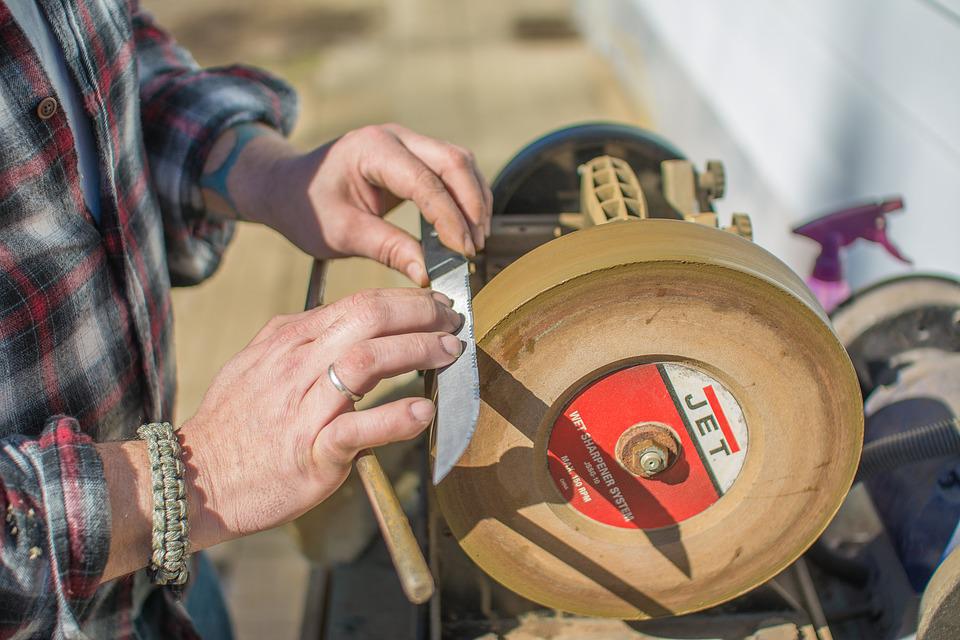
1095 steel blades are amongst the easiest steel blades to sharpen. This makes them a super buy for a newbie knife owner or somebody not entirely familiar with knife care and sharpening.
Any customer just getting into knives or looking to start off a knife hobby would do well to start off with a 1095 steel knife. The recommended tool would be a multi – grit diamond stone and the sharpening pressure should be very light for 1095 steel blades unless stated otherwise by the manufacturer.
How 1095 steel stacks up against competitors
1095 steel vs 1045 steel
1095 steel has better resistance to wear because of its higher carbon content, but 1045 is tougher because of the higher manganese level in the steel blend. As far as edge retention goes, the 1095 wins easily as the 1045 steel knife tends to lose its sharp edge a bit quicker by comparison.
1095 steel vs 1084
These two steels come from the same steel ‘family’ and are very similar in composition. Any differences are negligible and perhaps not even noticeable to the layperson customer. Basic differences? 1095 steel blades will be harder and the 1084 steel blades will be tougher wearing. 1084 steel wins for longer edge retention, but again, this is a very slight margin of difference.
Buy Wholesale Knives and Start Scaling up with Us Today
Contact us and connect with a sales rep to get a free quote.
Is 1095 steel a good knife steel to include in your knife business?
Simply put, the answer is a resounding YES. It’s a very common knife steel today and has proven itself over time in the market as a good seller.
Although we haven’t looked at kitchen knife application for 1095, it does sell as a kitchen knife too, it’s not just limited to outdoor or bush crafts usage.
There are reasons that people still buy 1095 and we’ve gone into a number of these but let’s recap some points. 1095 steel offers the buyer:

- An affordable product for both YOU and your customers
- A knife that’s easily sharpened AND great to learn sharpening technique on
- The comfort of familiarity – your customer will know at least one person who owns a 1095 steel knife
- A good level of performance and durability for the cost: A very good cost to value ratio
- A great knife steel as a starter product or introduction to the world of knives
- A sound reputation within the knife products industry
- Easily available customer support and product expertise – there are no deep metallurgical mysteries here!
- A high level of stock availability. It’s such a big seller that no one should be waiting on their order for an extended period of time
- The versatility of a knife that can move from the indoors or garden workshop straight into an outdoor setting
- A wide range of choice. As it’s so popular the customer can choose from many different designs and functional tweaks to get something that suits their individual taste
Now it’s not all sunshine and roses! Let’s look at what to bear in mind as reasons why you wouldn’t suggest a 1095 steel knife to a particular customer.
- 1095 steel has little corrosion resistance as it’s not stainless steel and needs to be kept dry, stored properly and it’s recommended that a thin layer of oil is left on the blade for protection. Some oiling/buffing is also best though this need not be an awful trial.
The customer needs to be made aware of these care requirements and sure that they have the time and motivation to attend to these light knife care duties.
- 1095 steel blades can feel and move heavy and somewhat cumbersome in the hand if the blade is of a thicker character. Some customers will appreciate the solidity and heft of this quality, but if the customer has joint issues, hand or wrist injury or a condition like arthritis, this may not be the BEST product choice for them if you only have 1095 in thicker blade options.
It would be worthwhile in that case to research lighter/thinner 1095 blades to enlarge your product offering for clients who perhaps don’t have much hand strength or who just like a lighter blade.
- 1095 will need regular sharpening, but it sharpens up with little effort. If the customer prefers long periods between sharpening, 1095 steel won’t be the most suitable product for them compared to other knife steels available.
In conclusion
1095 carbon steel knives offer a good level of performance at a reasonable price and the sales figures don’t lie. We hope that this overview of a very common knife steel has opened some mental doors for you and given you some good ideas as to your commercial way forward!
There are other helpful articles on our blog, just brimming with knife know how and great advice on marketing these products and ranges for yourself. Do visit the site for sales queries or just to say hello, we’d love to hear from you.
Also, take a minute to view our current product range, you’ll be impressed with our design standard, quality, pricing, and range of products on offer.
Until we see you again, stay sharp friends!

